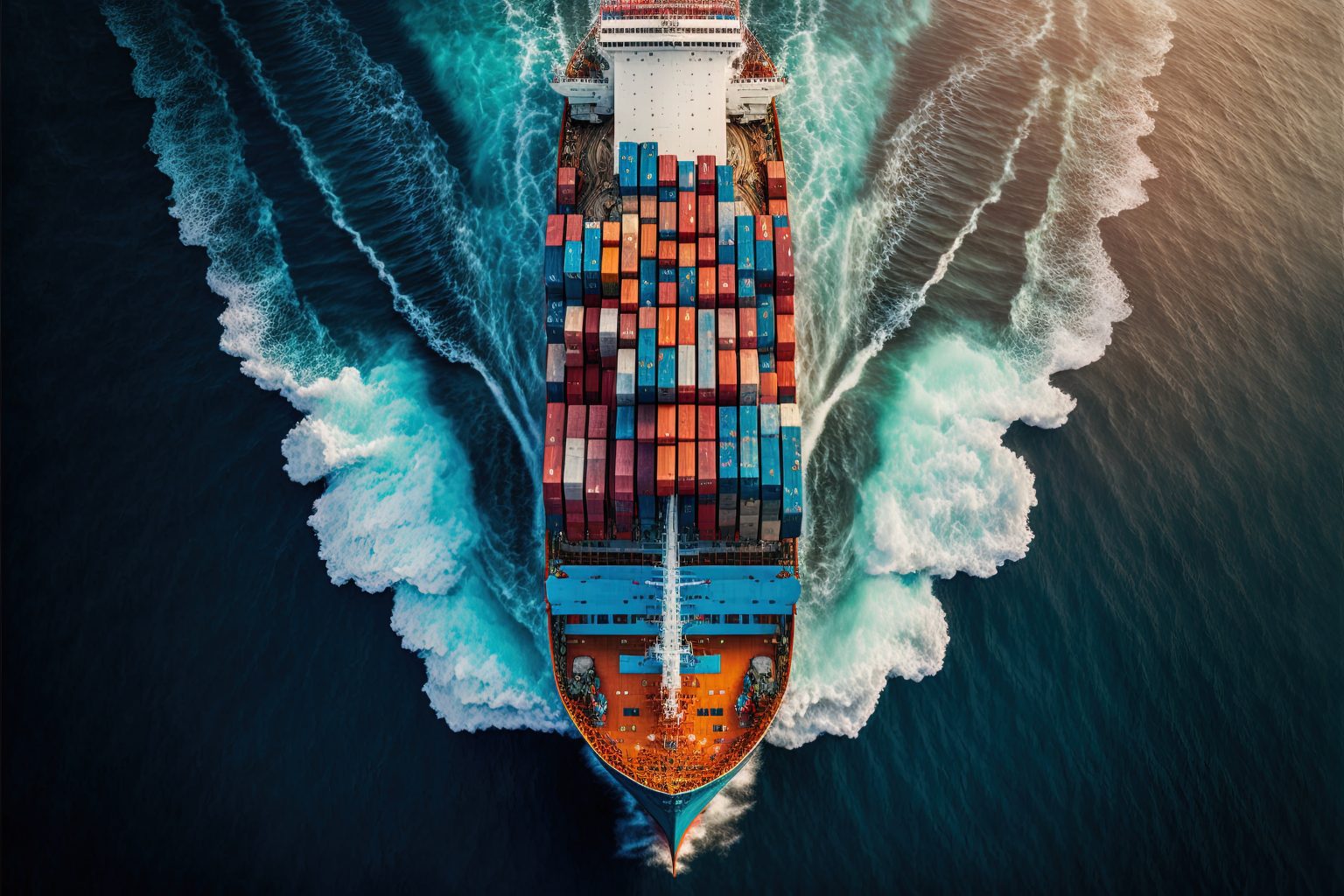When transporting large cargo over a considerable distance, the sea route is an economical solution that generates a much smaller carbon footprint than, say, aviation. However, this does not mean transporting goods this way without any environmental impact. We outline the most critical aspects related to this topic.
Environmental impact of shipping – infamous statistics
According to a report compiled by the European Environment Agency, water transportation accounts for as much as 13.5% of the logistics industry’s greenhouse gas emissions. Considering that this figure was as high as 71% for road transport, this is a marginal problem. Nevertheless, this leaves a large room for improvement*.
Moreover, in the context of water transportation, CO2 emissions are not as much of an environmental threat as, say, the leakage of hazardous substances into the water. One need only think of ecological disasters such as the 2011 spill of mazut from the container ship Rena off the coast of New Zealand, the oil spill after the damage to a tanker in Russia’s Sakhalin in 2015, or the explosion of a tanker carrying crude oil off the coast of Nigeria in 2022.
Their effects were not only the destruction of local flora and fauna at the time of the incident. Many of these and other environmental disasters caused by the transport fleet left behind irreversible changes in marine ecosystems, the effects of which are still visible today.
Are changes coming to the maritime transport sector?
As you know, the European Union is engaged in several initiatives to reduce the negative environmental impact of the logistics industry. While many of these relate to road and rail transport, decisions have recently been made that will significantly affect the future of the maritime logistics sector.
Namely, we are talking about the European Parliament Resolution of October 6, 2022, on the Impetus for Ocean Action to Improve Ocean Management and Biodiversity (2022/2836(RSP)) adopted by the Committee on the Protection of the Marine Environment. The main goal of this document is to make water transportation zero-carbon by 2050.
Overview of green solutions in maritime logistics
The water transportation sector needs change. More and more companies and institutions are therefore addressing this problem, resulting in the first proposals for solutions that could reduce the negative impact of this industry on protected aquatic ecosystems.
One of the most exciting ideas, for example, is the one proposed by an American company, which calls for a return to the roots in a modernized form. The solution is called WindWings, which are classic huge ships with a unique design. They make it possible to reduce the engine load caused by the cargo’s significant weight. This can mean fuel savings of about 30%. The longer the route the ship has to cover, the more critical the final savings can be.
On the other hand, this solution has its drawbacks. The design of folding the sails horizontally takes up a lot of space, reducing the transport area of the vessel. This, in turn, may mean the need to increase the number of courses, ultimately decreasing the efficiency of this form of transportation and any savings achieved by using this option.
Work is also underway on alternative power systems using less environmentally harmful fuels. For example, units powered by LNG – a low-emission combustion fuel created by liquefying natural gas cooled to -162°C – are already in the testing phase. They have the advantage of reducing sulfur dioxide and fine particle emissions by 99% and nitrogen oxide by 85%.
Another project being studied by scientists and engineers is a container ship powered by green methanol. While traditional methanol is produced from natural gas or coal, this uses an entirely different process. It becomes a fuel from renewable sources by making it from biomass or directly from carbon dioxide and hydrogen. Thus, it contributes to the decarbonization of this segment of logistics. Research is also underway on hydrogen-fueled ships and those with hybrid and electric propulsion. In the latter case, the electricity to power the batteries would come 100 percent from renewable energy sources, such as hydroelectric power plants.
Slow steaming – a solution known for a long time – is also increasingly mentioned. By this term, it means slowing down the vessel or, more precisely, reducing the engine load to about 60%. When the vessel moves at less than maximum speed, it uses less fuel than usual. The savings can range from 3 to 7%.
Although this is relatively little, it is a solution that can be implemented immediately. It will go some way toward decarbonizing transportation shipping and give the industry the time it needs to develop and implement effective changes.
It is also a good idea to use the services of a professional company and bet, for example, on shipping transport with AsstrA. The knowledge and experience of professionals can prove invaluable in helping you plan your supply chain in an environmentally neutral way.
* https://www.eea.europa.eu/highlights/eu-maritime-transport-first-environmental




